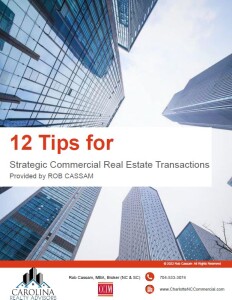In this issue
- Marketing Of A Commercial Or Apartment Building
- The Self-Storage Market Demand
- Financing A New Development
- Help With Investment Real Estate
A new tenant and an investor share the same first impression of a commercial building or an apartment property. That first impression is crucial. Before marketing the property, think about the outside appearance. The “look” affects both tenants and buyers. The following is a checklist of first-impression items that a good property manager must use:…..(more)
One in ten U.S. households now rent a self-storage unit. The growing demand for self-storage in the U.S. is created by people moving (some 40 million people move each year according to U.S. Census data), and by various lifestyle transitions, such as marriage, divorce, retirement, a death in the family, etc. Recent surveys of self-storage companies indicate a positive trend in market demand and occupancy rate……(more)
When an investor purchases land to build on, the next step is land development and financing. “Land development” cannot be precisely defined; generally, it refers to the physical, legal, and engineering processes needed to convert raw land to land (or lots) on which buildings can be placed.Land development can be classified into the following six stages:…..(more)
When you have searched for new real estate investment opportunities, with values that have been changing, you know that finding and evaluating them is becoming more sophisticated and complex. More investors are turning to real estate consultants as a means of providing a sounding board for their ideas as well as expertise in the planning and construction stages for their projects……(more)




